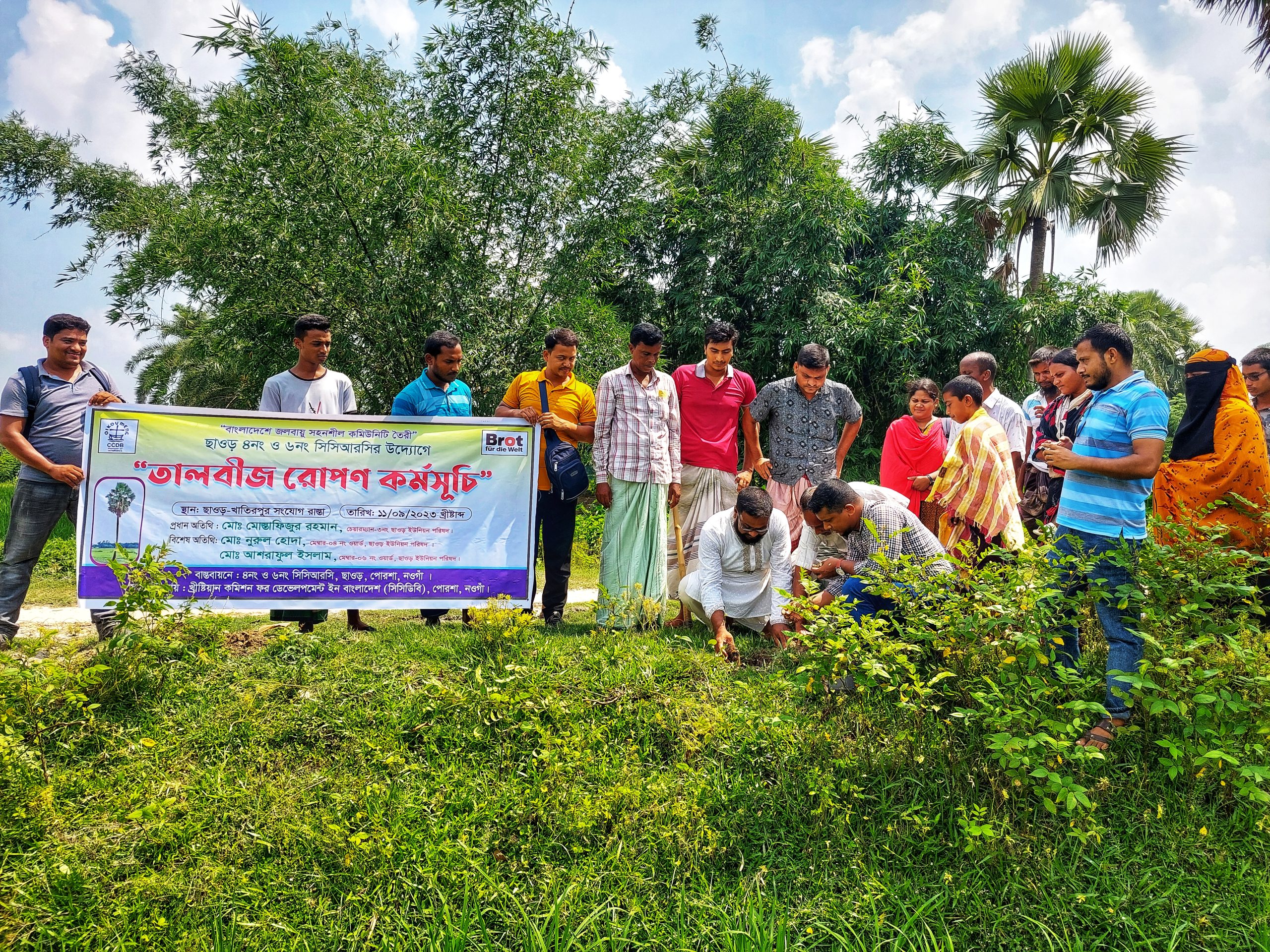
“সিসিডিবির সহযোগিতায় তালবীজ রোপণ কর্মসূচি”
খ্রীষ্টিয়ান কমিশন ফর ডেভেলপমেন্ট ইন বাংলাদেশ (সিসিডিবি)-এর ক্লাইমেট চেঞ্জ প্রোগ্রামের উদ্যোগে নওগাঁর পোরশার ছাওড়-খাতিরপুর সংযোগ রাস্তায় ৫০০ এর অধিক তালবীজ রোপণ করা হয় ১১ই সেপ্টেম্বরে।
প্রধান অতিথি হিসেবে উপস্থিত থেকে এই কর্মসূচির উদ্বোধন করেন ৩নং ছাওড় ইউনিয়ন পরিষদের চেয়ারম্যান মোঃ মোস্তাফিজুর রহমান। এসময় বিশেষ অতিথি হিসেবে উপস্থিত ছিলেন মোঃ নুরুল হোদা, মেম্বার-০৪ নং ওয়ার্ড, মোঃ আশরাফুল ইসলাম, মেম্বার-০৬ নং ওয়ার্ড।
এই অনুষ্ঠানে সভাপতিত্ব করেন প্রকল্পের উপজেলা কো-অর্ডিনেটর স্টিভ রায় রুপন। এসময় প্রকল্পের অন্যান্য কর্মকর্তারা ও সিসিআরসি কমিটির নেত্রীরা স্বতঃস্ফূর্ত অংশগ্রহণ করেন।
পোরশার সিসিআরসির কমিটির উদ্যোগে এই বছর আরো প্রায় ২০০০ বীজ ইউনিয়ন পরিষদের অন্তর্গত বিভিন্ন সংযোগ রাস্তায় রোপণের লক্ষ্য নির্ধারণ করা হয়েছে। ভবিষ্যতে, জলবায়ু পরিবর্তনের বিরূপ প্রভাব মোকবিলায় তালগাছ এই বরেন্দ্র অঞ্চলের ভূমিকা রাখবে বলে বিশ্বাস সিসিআরসির সদস্যদের।
September 24, 2023
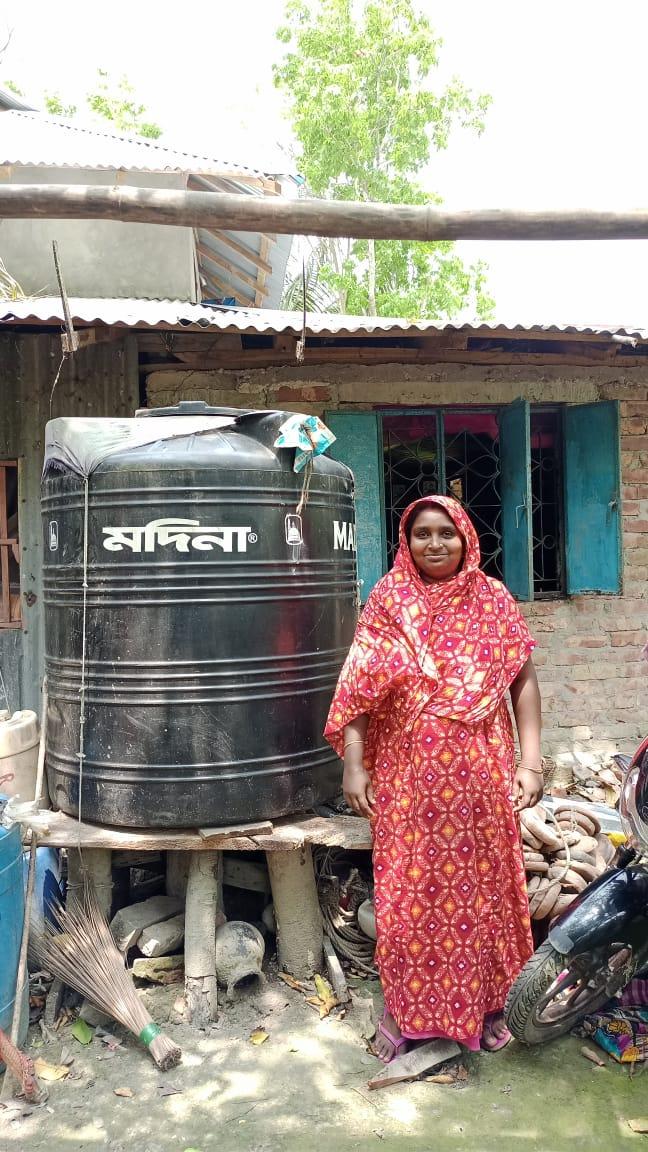
People close to the coast face significant challenges in gaining access to clean drinking water. Rainwater is the only source of potable water that can be relied on to be free of harmful contaminants in this region. They collect rainwater during the monsoon season and store it for the rest of the year. Because people cannot store the rain they receive, they are forced to deal with a severe water shortage during the dry season. The majority of people who live there have the option of boiling water that comes from unsanitary sources. Because of this, they are suffering from various skin and water-borne illnesses. Therefore, they require an increase in the capacity of their rainwater storage facilities.
July 19, 2022

Sunflower. Someone’s means of survival. Those who live in the coastal areas cherish this flower with utmost care.
The salinity intensity of crop fields in coastal villages is very high. Lack of irrigable water makes growing crops very difficult. Being surrounded by rivers, a lot of silt comes with the river water and mixes with the soil, due to which the soil in the area is very fertile. But due to the severity of salinity, many arable lands are left empty. This sunflower gives courage to the people constantly fighting against natural antagonism as it survives in little water.
#CCDB Activities #Patharghata #Morrelgonj #salt_aggression #climate_change #living_life #CCDB
July 18, 2022
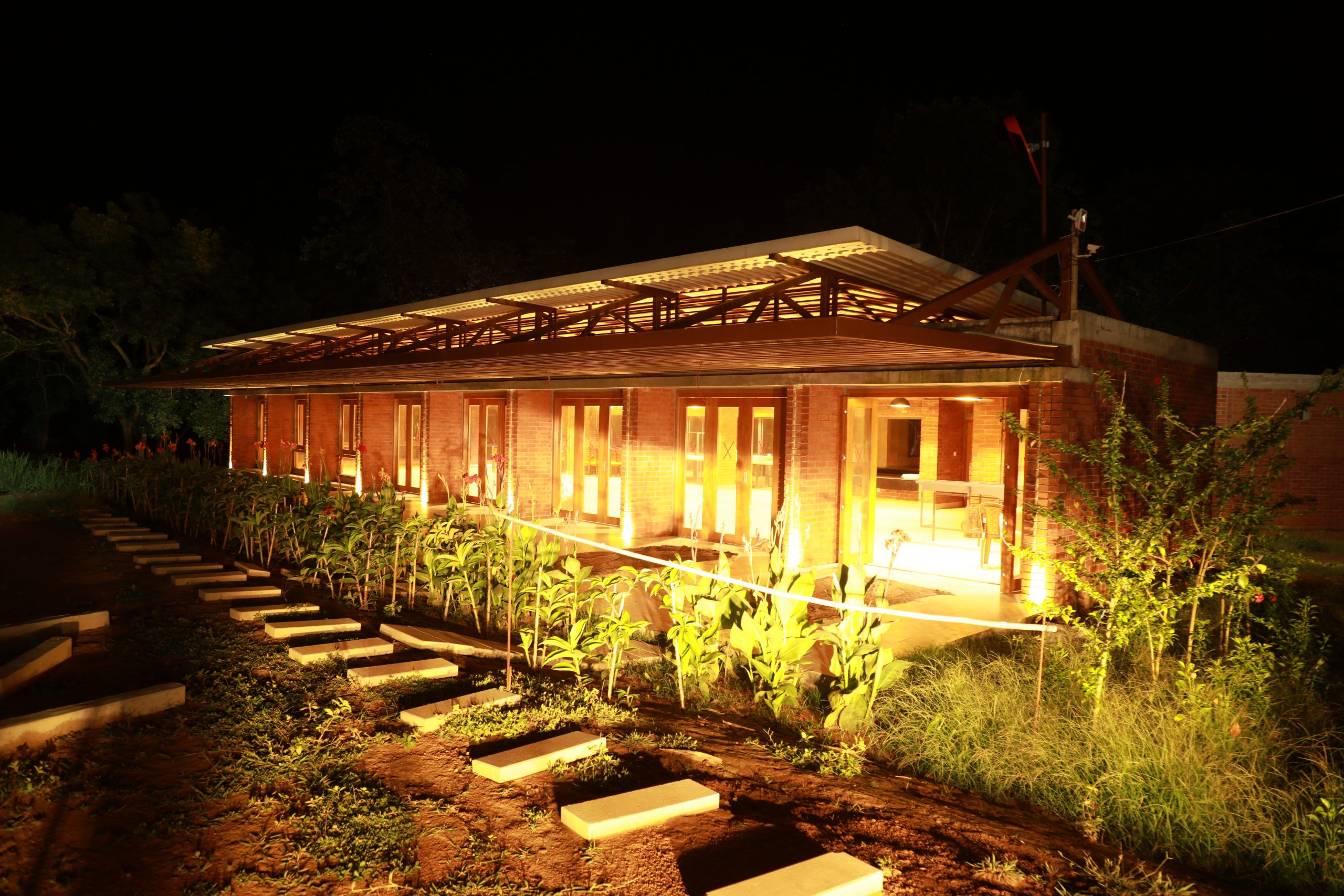
My team members from CCDB Climate Change Program and I visited the climate centre on 9th February 2022. As I were a new employee at that time, it was my very first visit to the Climate Centre. We started from Dhaka in the early morning and had our breakfast at Maona, Gazipur. We arrived at the Centre at 10 am. Then we greeted everyone at the office and had coffee. Meanwhile, the other team came, and then we started our tour to the Climate Centre.
We started the tour by entering the main gate through the reception desk. At the reception desk saw the sofas and tables made with bamboo. It amazed me. And what amazed me most was the wall of the reception, it was made from different types of soil from all areas of Bangladesh. The difference between the soils was visible to us. It really was astonishing. Then we went to the learning centre. We saw the outdoor and indoor exhibition rooms, library, and young learner’s zone, playground for children, training and conference room. In the library room, we saw that people can read there in the sunlight, not by the light. I have never seen a room like this. Again I got stunned.
Then we had a short lunch break. After eating we started the second half of the journey. We went to the five representative zones of Bangladesh. We first went to the Coastal area and saw the technologies and waterbody. Then saw the Char and hill area. The hill area is still under construction. Hope it will be soon constructed and we will be able to enjoy the scenic beauty of the hill region of Bangladesh. After that, we went to the Drought area, which has a circular area filled with different crops of the area. From the upper aerial view, it looks like pizza and has a section that seems like a person had a bite on the pizza slice like the ‘apple logo’.
Later we went to the Char area and saw the fantastic technologies there. The house is run by ‘Solar System’; this was my first time seeing a house like this. I also liked the ‘hanging garden’ in the yard. At that time the sun was setting, and we enjoyed the sunset with some light snacks. And this moment was mesmerizing.
Then we rested for some time. After the winter night settled around 8.00 PM, we went out to experience the nightlife of the Climate Centre. The staff of the centre told us about foxes that live near the centre. We started on the electric car of the centre to visit the five ecological zones at night. The winter fog and air were really chilly that day. We were literally freezing. After rounding almost all the zones we went to the far end of the ‘Char’ zone. The zone was utterly dark and it felt frightening. We could watch the watch towers from afar and hear some music on the radio. But who was there I could not see. It was feeling like nobody is there; only the music is playing. From there we returned to the office area and went outside the centre to experience the village marketplace. We went there and had tea and snacks. We roamed around the market for some time and then came back.
After having a grand dinner, we went to our rooms. And it was the end of the day, do not know about the others but I was too tired to wait to hear the howling of the foxes. I just went to the bed and slept.
It is the end of my story about a night in the climate centre.
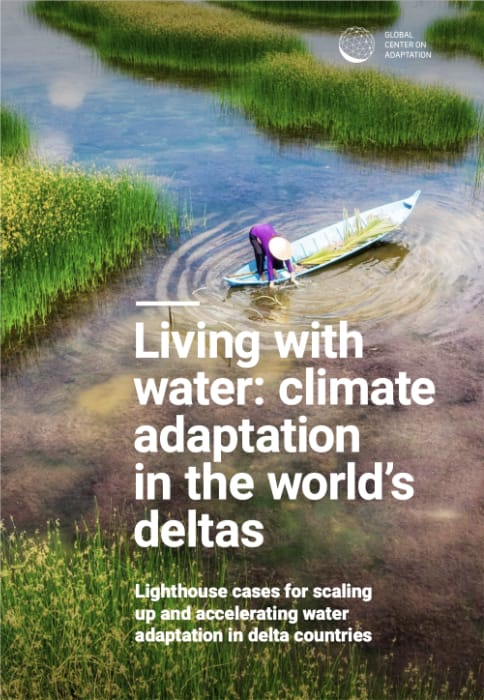
Over the centuries, deltas have given rise to some of the world’s greatest cities—and those cities have always been open to the world. They have thrived not only in the trade of goods, but also in the exchange of ideas. Today, as the world faces up to the need to adapt to climate change, it has never been more important for delta countries to learn from one another.
That is the thinking behind this ‘lighthouse’ report, which brings together inspiring case studies from around the globe to galvanize governments and citizens to help the half a billion people living in delta communities who are imperiled by climate change.
July 13, 2022
Globally Renewable Energy (RE) is booming, as innovation brings down costs and starts to deliver on the promise of a clean energy future. According the International Energy Agency (IEA), Renewables were the only energy source for which demand increased in 2020 despite the pandemic, while consumption of all other fuels declined. The share of renewables in global electricity generation jumped to 29% in 2020, up from 27% in 2019.
In Bangladesh, the journey of RE started back in 1957 with the construction of Country’s first Hydroelectric power plant on Karnaphully river at Kaptai, Chittagong. Later in the mid of 90’s initiative of private sector played an instrumental role to introduce solar power system in Bangladesh. In 1995 Grameen Shakti for the very first time conducted field trial of 20 Solar Home system to developed a workable business model, with the support of Rockefeller Brothers Fund. Technology wise Solar PV technologies have always been a solution for country like Bangladesh since average solar irradiation in Bangladesh is quite very good (solar irradiation 3.8 kWh/m2/day to 6.4 kWh/m2/day at an average of 5 kWh/m2/day). Also, almost 70% of Bangladesh’s population lives in the rural areas & therefore the Govt. of Bangladesh, considered decentralized renewable energy technology to be one of the best options for bringing electricity to rural areas, as expanding electricity grid distribution line to rural regions and low-income households was not a cost-effective solution. However, due to higher cost of Solar PV system, financial barrier was one of the major challenges to upscale RE solutions. To minimize this challenge, Infrastructure Development Company Limited (IDCOL)- a Govt owned NBFI was formed in in 1997. In year 2003 IDCOL designed and started implementing “Solar Home Systems (SHS)” program with an aim to “fulfil basic electricity requirements of the off-grid rural people of Bangladesh”. As of August-2021, more than 5.8 million units of Solar Home Systems has been installed in Bangladesh, which is the highest in the world. Following the success of SHS program, gradually IDCOL developed financial model for implementing different RE programs like Improved Cook Stove, Biogas Solar Irrigation System, plants Solar Roof-top System, Solar Mini/Micro-grid etc.
To properly harness the potential of RE resources and dissemination of RE technologies in rural, peri-urban and urban areas and to encourage and facilitate both public and private sector investment in renewable energy projects, Bangladesh adopted “Renewable Energy Policy of Bangladesh” in 2008.The Bangladesh Govt. enacted ‘Sustainable and Renewable Energy Development Authority’ (SREDA) Act-2012 with the objectives to promote, develop & co-ordinate RE activities and to ensure energy security &
sustainability. Developed in 2018 Govt. of Bangladesh’s “Delta Plan 2100” renewed target of generating 30% of the total energy from RE sources by 2041. Recently Bangladesh has drafted “National Solar Energy Roadmap for 2021 – 2041” which aims to increase the share of RE in the national energy mix for a sustainable energy future
The Paris accord of Conference of Parties (COP21), held in 2015 aimed at limiting the global average temperature rise to below 2°C compared to the preindustrial era. Bangladesh is also ambitious to achieve lower carbon as well as more resilient development. With this in mind, this Intended Nationally Determined Contribution (INDC) was prepared and 2015 which aims to put forth mitigation actions that Bangladesh can take to tackle its emissions and to play its role in global efforts to limit temperature rise. Bangladesh aims to reduce 5% GHG emission from Business as Usual (BAU) levels by 2030 in the power, transport and industry sectors, based on existing resources. The government and concerned authorities are taking necessary measures in the deployment of RE technologies in order to fulfill the target.
In 2018, Bangladesh Govt. prepared “Net Metering” guideline to help the country’s household, commercial or industrial consumers of grid-connected electricity use solar energy for power generation installing solar panels on their own roofs. Net metering is a method of recording both import from the national by consumers and export from solar-panels to grid by them. Under this mechanism, the RE facility owner can consume maximum 70% of electricity produced from solar PV system, the rest electricity will come from the national grid.
In Bangladesh major resources of RE for electricity generation are Solar and Hydro. Along with these, a limited amount of electricity is produced from wind and biogas/biomass. The potential for wind energy is still under study. Though the electricity generated from RE resources accounts for only 3% total electricity generation, the generated clean electricity of benefiting more than 25 million people which represents 13% of the population. Till year 2020, the installed RE solution has reduced 4,000,000 tCO2.
Currently IDCOL’s most focused programs are Biogas Plant, Solar Irrigation System, Solar Roof-top & Improved Cook stove (ICS). Under IDCOL’s program Bangladesh now installing on an average 200+ biogas plants in a month. According to SREDA, As of July’2021 Bangladesh has installed 2,130 nos Solar Irrigation Pumps (SIP), accumulated capacity of 44.3 MWp; 27 Solar Mini-grids (SMG) accumulated capacity of 5.6MWp. Due to reduced Levelized Cost of Electricity (LCOE) Generation, now-a-days large scale RE projects like Solar Park is getting popular. Till July’2021 Bangladesh has installed and commissioned 7 Solar Parks with a total generation capacity of 130 MWp, most of which are Independent Power Producers (IPP) basis. Another 37 Solar Parks are in the process of implementation and in near future these solar parks will be 2,345MWp of electricity generation capacity. The Hydroelectric power plant of Kaptai has a generation capacity of 230MW.
In Bangladesh due to proper policy and infrastructural coordination, it is expected that in the coming years RE flourish remarkably and will significantly contribute of national energy mix. In addition to the sectorial needs, the development of RE sources is also very important to meet the national and international goals and targets. Bangladesh is now committed towards the Sustainable Development Goals (SDG) of the United Nations. The Goal 7 relates to energy, where “substantially increase the share of renewable energy in the global energy mix” is one of the major targets. Therefore, for Bangladesh, one of the most effective ways to simultaneously address environment, economy and energy security concerns would be the widespread deployment of renewable energy technologies closely coupled with smart grid and large-scale storage facilities in the long-run.
August 14, 2021
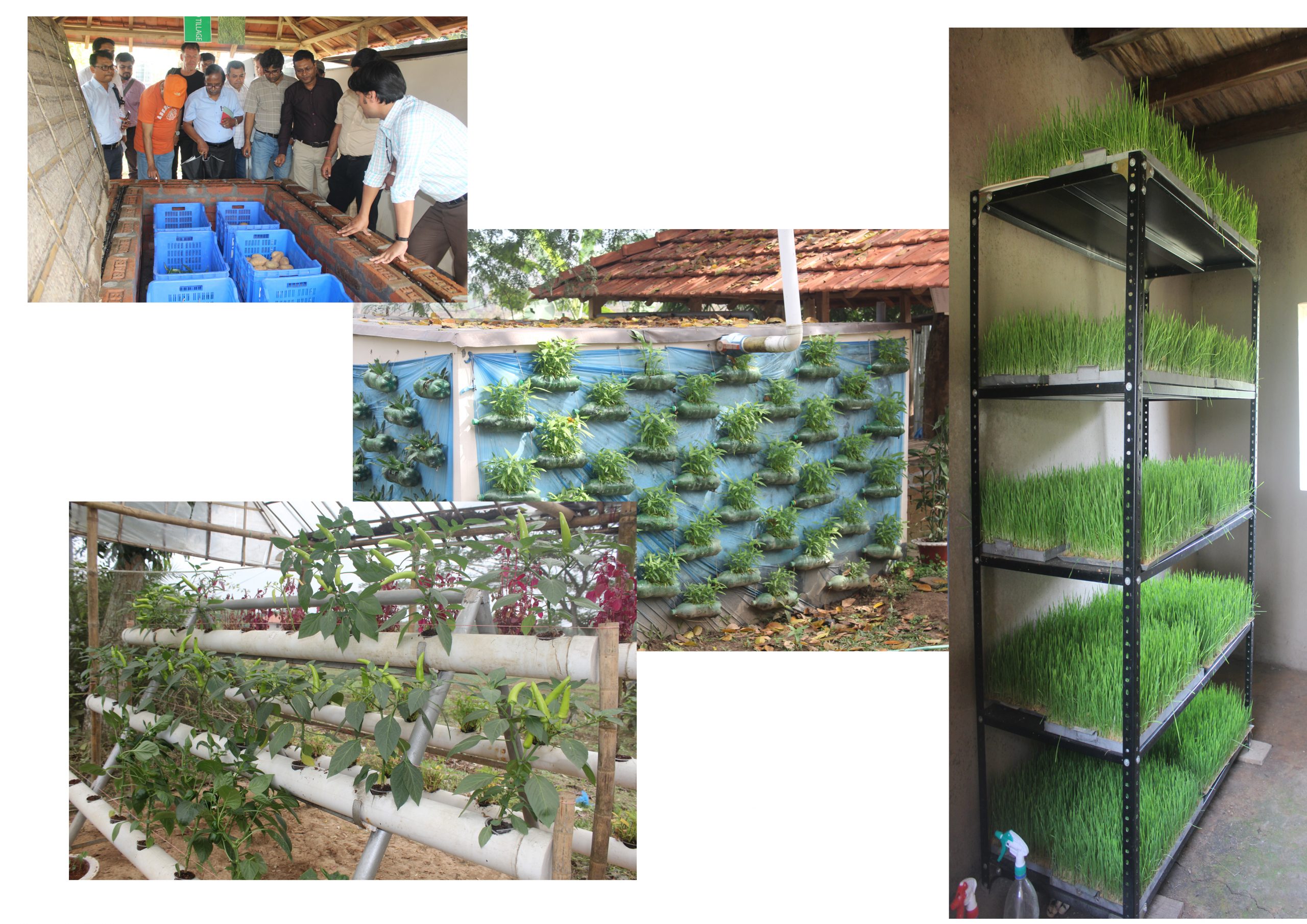
During my visit to Bangladesh, I visited Climate Technology Park. This is a project of Global Ministries partner, The Christian Commission of Bangladesh (CCDB), and it is something that has never been done anywhere else in the world. Climate resiliency and climate education are the goals for this project.
“The Climate Centre is a unique place, located at Sreepur, 60 km north of Dhaka. The Climate Centre offers visitors exciting learning, research, and capacity building opportunities on climate change, climate adaptation, and mitigation. It uses interactive learning methods and demonstrates more than 50 technologies that are suitable for poor rural communities. The Climate Centre, which is still under construction, consists of a Climate Technology Park, a Learning Centre, and a Climate Campus.”
CCDB works toward building climate-resilient communities through reducing risk, creating sustainable income-generating options, and introducing climate adaptive agriculture. The Bangladesh Lighthouse Project and Climate Technology Park are among some of the initiatives of CCDB. They are keen on using adaptive technology to help low-income communities. The people of Bangladesh deal with water erosion, drought, monsoons, and other climate change issues.
I was able to see first-hand how the resources and techniques being taught at the Climate Technology Park are directly helping men and women who are fishers and farmers. Periodic and severe flooding during monsoons has grown in frequency and intensity due to global warming and many people in Bangladesh are directly impacted. Climate change and severe weather issues impact the lives and livelihoods of Bangladeshi people.
Climate Technology Park is an initiative by CCDB to exhibit innovative, sustainable, low-cost technology effective for climate change adaptation and mitigation. The park is intended to be a hub for innovative climate change techniques that help farmers and fishers.
collected from Global Ministries website
January 19, 2021